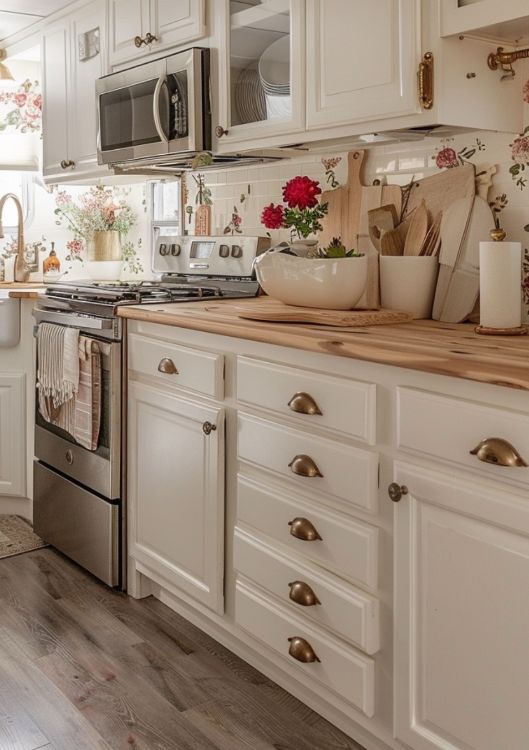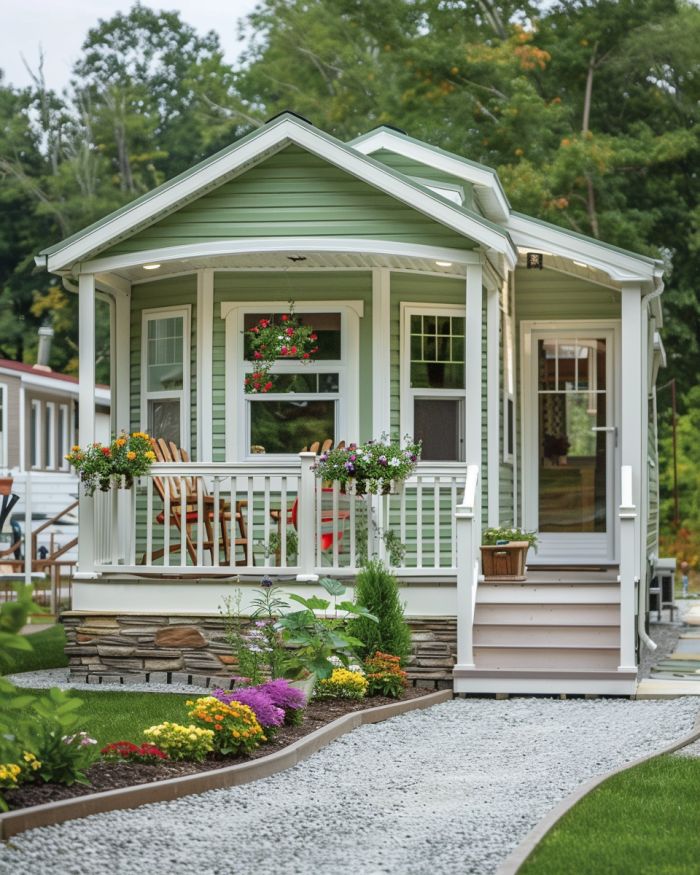For years, Daniel’s nights were defined by concrete and cold. After losing his job during a round of layoffs, the steady income that had once kept him afloat vanished. At first, he tried to hold on, selling his belongings, picking up odd jobs, and leaning on friends. But as the weeks stretched into months, his support network dwindled. Eventually, he found himself with nowhere left to go. His home became the underside of a bridge, where the roar of traffic above replaced the comfort of walls and a roof.
The days were hard, but the nights were brutal. He wrapped himself in thin blankets, listening to the echo of footsteps and cars, always on guard. Rain seeped into his clothes, cold gnawed at his bones, and hunger hollowed him out. Sometimes he would wake with the sunrise, damp and exhausted, wondering if anyone even noticed he still existed. He felt invisible to the world, a man who had slipped through the cracks.

The turning point came when a local outreach worker stopped to talk with him one morning. Unlike most passersby, she didn’t look past him—she sat, listened, and learned his story. She connected Daniel with a community project dedicated to building tiny homes for those without shelter. Weeks later, he was told he had been chosen to receive one. At first, he didn’t believe it. A home? For him? The idea seemed like a dream too fragile to touch. But it was real.
The day he walked down a narrow wooded path toward the little house waiting for him, Daniel’s heart raced. There it stood: a compact but beautiful wooden structure, its fresh cedar siding glowing warmly in the light. A small porch stretched across the front, complete with a chair that seemed to beckon him to sit and rest. The forest around it whispered with calm, a stark contrast to the chaos of the streets.
When he opened the door, Daniel froze in awe. The inside was nothing like the places he had known for years. Sunlight poured through wide windows, filling the space with warmth. Cream-colored walls and polished wood floors gave the room an airy, peaceful feel. Above him, a loft bed with soft quilts promised rest that no bridge or shelter could ever provide. Below, a sofa faced a wood-burning stove, the kind of comfort he once thought belonged only to others.

The kitchen nearly brought him to tears. A farmhouse sink stood beneath the window, counters gleamed, and shelves were stocked with dishes ready for use. In the corner, a small dining table with two chairs sat waiting for meals shared in dignity. For someone who had eaten from discarded containers, the idea of cooking in his own kitchen felt miraculous.
The bathroom was compact but luxurious in his eyes. Tiled walls, a clean shower, and a skylight above made the space glow with light. Every detail, from the woven rug on the floor to the vase of flowers on the counter, spoke of care and thoughtfulness.
Daniel sank onto the sofa, covering his face with his hands, overcome with emotion. For the first time in years, he wasn’t outside looking in. He wasn’t surviving—he was home.
In the weeks that followed, he began to rebuild his life. He found part-time work through the same outreach program, planted herbs on his porch, and rediscovered the joy of waking up to birdsong instead of traffic. Each morning he opened his door to fresh air and possibility, no longer weighed down by fear or invisibility.
The tiny house was more than shelter. It was the bridge between despair and hope, the proof that kindness could lift a man from the shadows and return his dignity. For Daniel, it wasn’t just a home. It was the miracle that gave him his life back.


Leave a Reply